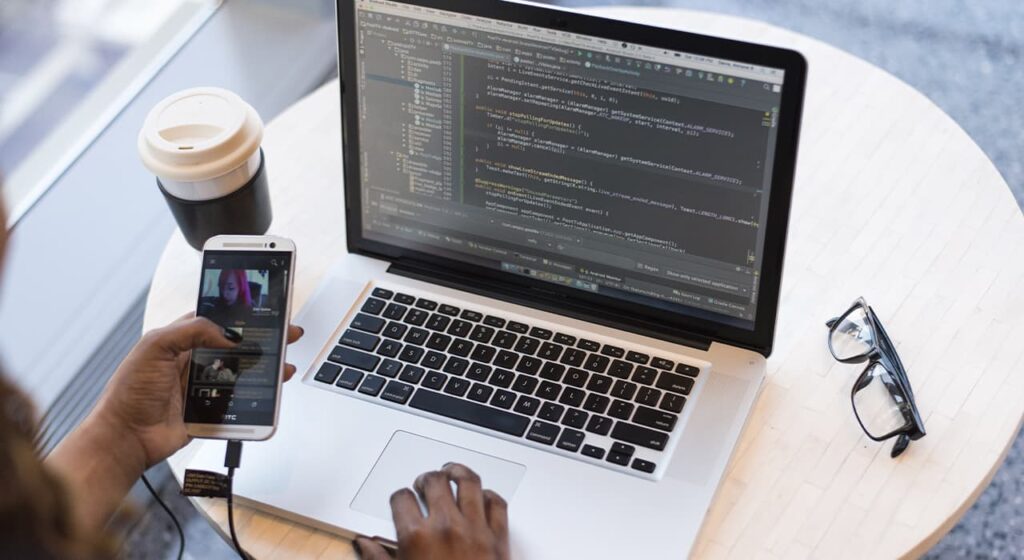When we say that “computers” run operating systems, we don’t just mean traditional desktops and laptops. Your smartphone is a computer, as are tablets, smart TVs, game consoles, smart watches, and Wi-Fi routers. The Amazon Echo or Google Home is a computing device that runs an operating system.
Familiar desktop operating systems include Microsoft Windows, Apple MacOS, Google Chrome OS and Linux. The main operating systems for smartphones are Apple’s iOS and Google’s Android.
Other devices, such as a Wi-Fi router, can run “embedded operating systems.” These are specialized operating systems with fewer features than a typical operating system has, designed specifically for one task – such as operating a Wi-Fi router, navigating, or controlling an ATM machine.
Where operating systems end and software begins
Operating systems also include other software, including a user interface that allows people to interact with the device. This could be a desktop on a PC, a touch interface on a phone, or a voice interface on a digital assistant.
An operating system is a large piece of software made up of many different applications and processes. The line between what is an operating system and what is a program can sometimes be a bit blurry. There is no exact official definition of an operating system.
For example, in Windows, the File Explorer (or Windows Explorer) application is an integral part of the Windows operating system — it even handles the rendering of your desktop interface — and the application that runs in that operating system.
The center of the operating system is the kernel
At a low level, the “kernel” is the main computer program underlying your operating system. This separate program is one of the first things loaded when you start your operating system. It handles memory allocation, converting program functions into instructions for your computer’s processor, and processing input and output from hardware devices. The kernel usually runs in an isolated area to prevent it from being used by other software on your computer. The operating system kernel is very important, but it is only one part of the operating system.
But not everything is concrete here either. For example, Linux is just a kernel. However, Linux is still often called an operating system. Android is also called an operating system, and it is built on the Linux kernel. Linux distributions, such as Ubuntu, use the Linux kernel and add additional software to it. They are also called operating systems.
